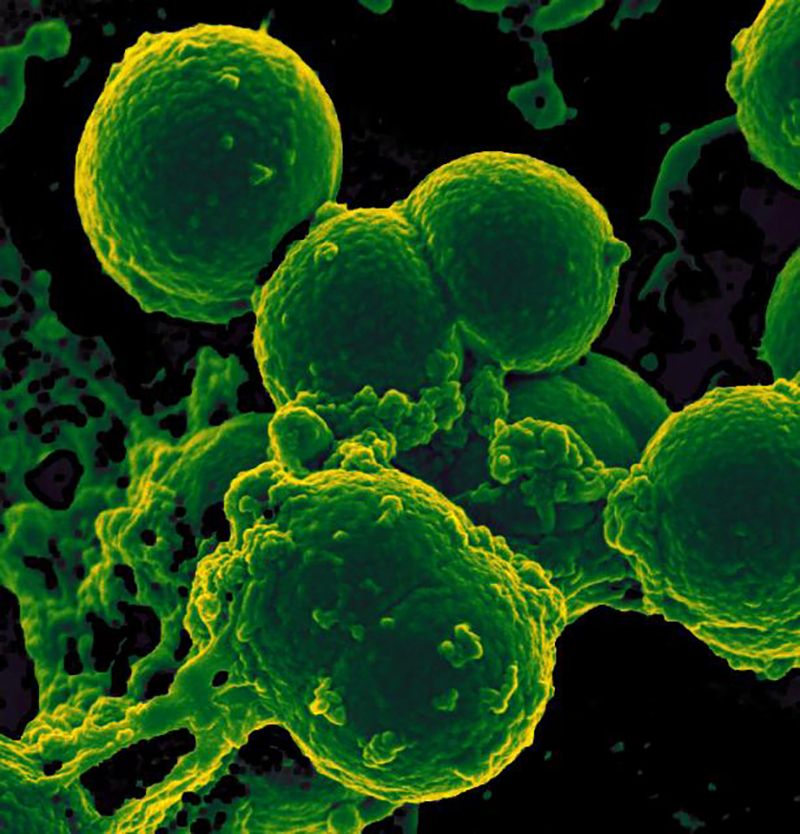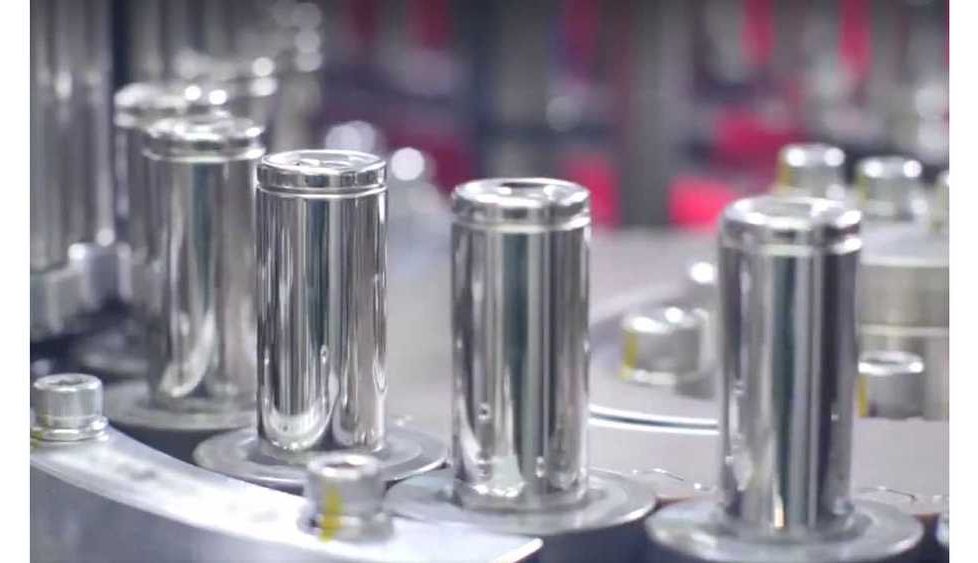Page 8625
Sep 10, 2019
Honey With Turmeric The Most Potent Antibiotic That Not Even Doctors Can Explain
Posted by Shane Hinshaw in categories: biotech/medical, health, neuroscience
The amazing properties and unique flavor of turmeric have been valued and used for centuries. This incredibly healthy deep-yellow spice offers a myriad of medicinal qualities, and is commonly used in the Chinese, Indian and Ayurvedic medicine. health, medicine, science, health, medicine, science, health, medicine, science, health, science.
People have used turmeric in the treatment of wounds and cuts, skin issues, muscle sprains, liver diseases, respiratory issues, and gastric issues, as well as digestive problems, inflammations, infections, and malignant tumors.
Its active ingredient, curcumin, provides powerful antimicrobial, anti-inflammatory, and antioxidant properties. Turmeric effectively fights inflammation in the body, osteoarthritis, gastritis, microbes, gastric and peptic ulcers, improves the function of the brain and treats Alzheimer’s disease, and helps in the case of countless other health issues. health, medicine, science, health, medicine, science, health, medicine, science, health, science.
Warm weather brings thoughts of spring peepers and leaping bull frogs. But what happens to frogs in the winter? If they can’t dig down far enough into the soil to avoid the ice or aren’t lucky enough to live in warmer climates, some actually freeze.
Fortunately for them, they don’t freeze to death: Most survive to mate another spring.
There are five known species of freeze-tolerant frogs in North America, including the well-studied wood frog, as well as Cope’s gray tree frog, the eastern gray tree frog, spring peepers and the western chorus frog. In the fall, these frogs bury themselves under the leaves on the forest floor — but not deeply enough to escape the icy fingers of Jack Frost.
Sep 10, 2019
🏺That time where it rained for two million years
Posted by Fyodor Rouge in category: entertainment
ðº That time where it rained for two million years.
Fyodor R.
At the beginning of the Triassic Period, the world was hot, and very dry. But then 234 million years ago, it started to rain and didn t stop for two million years. This period of intense rain called the Carnian Pluvial Episode killed of many of the early reptiles and set the stage for the dinosaurs to take over the world.
Sep 10, 2019
SpaceX to launch SES’s O3b mPower constellation on two Falcon 9 rockets
Posted by Genevieve Klien in category: satellites
SpaceX received a contract to launch the first seven O3b mPower satellites using Falcon 9 rockets, the companies announced Sept. 9.
Sep 10, 2019
Prolonged antibiotic treatment may alter preterm infants’ microbiome
Posted by Genevieve Klien in category: biotech/medical
Sep 10, 2019
IIT-Hyderabad researchers develop method to further understand AI technology
Posted by Genevieve Klien in category: robotics/AI
This would help understand the artificial neural networks or ANN which are AI models and programs that mimic the working of the human brain so that machines can learn to make decisions in a more human-like manner.
Sep 10, 2019
Tesla’s Jeff Dahn Unveils Million-Mile Battery Cell
Posted by Genevieve Klien in categories: chemistry, sustainability, transportation
Jeff Dahn works with Tesla alongside his individual research pursuits. He’s discovered a chemistry that might make robo-taxis and longer-range EVs a reality.
Sep 10, 2019
Lifespan: Why We Age-and Why We Don’t Have To
Posted by Paul Battista in category: mobile phones
Lifespan: Why We Age-and Why We Don’t Have To — Kindle edition by David A. Sinclair, Matthew D. LaPlante. Download it once and read it on your Kindle device, PC, phones or tablets. Use features like bookmarks, note taking and highlighting while reading Lifespan: Why We Age-and Why We Don’t Have To.
Sep 10, 2019
A soft phototactic swimming robot built using a self-sustained hydrogel oscillator
Posted by Genevieve Klien in categories: materials, robotics/AI

Researchers at the University of California, Los Angeles (UCLA) and the California NanoSystems Institute in Los Angeles have recently developed a soft swimming robot based on a self-sustained hydrogel oscillator. This robot, presented in a paper published in Science Robotics, operates under constant light input without the need for a battery.
“When I shone light on a soft, fast responsive hydrogel pillar, I observed the pillar started to oscillate around the optical beam,” Yusen Zhao, a Ph.D. student involved in the research, said. “It looked very intriguing to me, and I wondered: How can a constant input produce intermittent output? Under what conditions does the oscillation happen? Would it be powerful enough to propel and swim in water, and eventually lead to solar sails? With these questions, I continued systematic studies aiming to achieve these objectives.”
Zhao and his colleagues developed a soft oscillator made of a light-responsive soft gel, which is molded into the shape of a pillar or strip. When light hits a spot of this gel pillar, it is automatically absorbed and converted into heat. The locally heated spot on the robot causes it to eject some of its water and shrink in volume, resulting in its tail bending towards the light source.

















